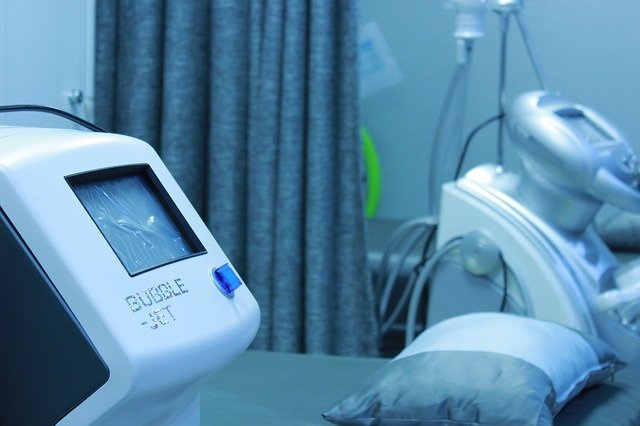Abstract:
Objective
To evaluate the diagnostic accuracy of the Alvarado score in reducing the rate of negative appendicectomy at Queen’s Hospital, a small district general hospital in England.
Methodology
The retrospective, analytical study included all children who were ≤16 years old with a preliminary diagnosis of acute appendicitis undergoing appendicectomy subsequently. Children with other causes of acute abdominal pain were excluded from the study. A total of 118 patients were included. Based on their calculated Alvarado scores, they were stratified into two groups: Group A (Alvarado score <6) and Group B (Alvarado score ≥6). Alvarado scores were compared with the histopathology reports, the gold standard for diagnosing acute appendicitis. The data gathered was then subjected to statistical analysis to measure our objective.
Results
Out of the 118 patients (85 males, 33 females), 46 belonged to Group A and 72 to Group B.
Final diagnosis of acute appendicitis from histopathology reports was confirmed in 94 cases (79.6%). The overall sensitivity and positive predictive value of Alvarado score for acute appendicitis were 92% and 94% respectively. The area under the ROC curve was 0.9 indicating a highly accurate test.The sensitivity was only slightly higher for males with a score of <6 than females (94.9% vs. 89.5%, p < 0.05). However, for scores ≥6, sensitivity among males was significantly higher than females (79% vs. 62.6%; p < 0.05). A multivariate analysis revealed that anorexia, right iliac fossa tenderness and rebound tenderness are significantly correlated with a correct diagnosis of acute appendicitis (p = 0.025, 0.037 and 0.026 respectively).
Conclusion
The presence of a high Alvarado score (≥6) is highly predictive of acute appendicitis.In women of childbearing age and Alvarado scores of <6, other pathologies that mimic appendicitis must be considered. An US scan of abdomen and pelvis should be considered in a woman of child-bearing age before proceeding to a surgical intervention.








